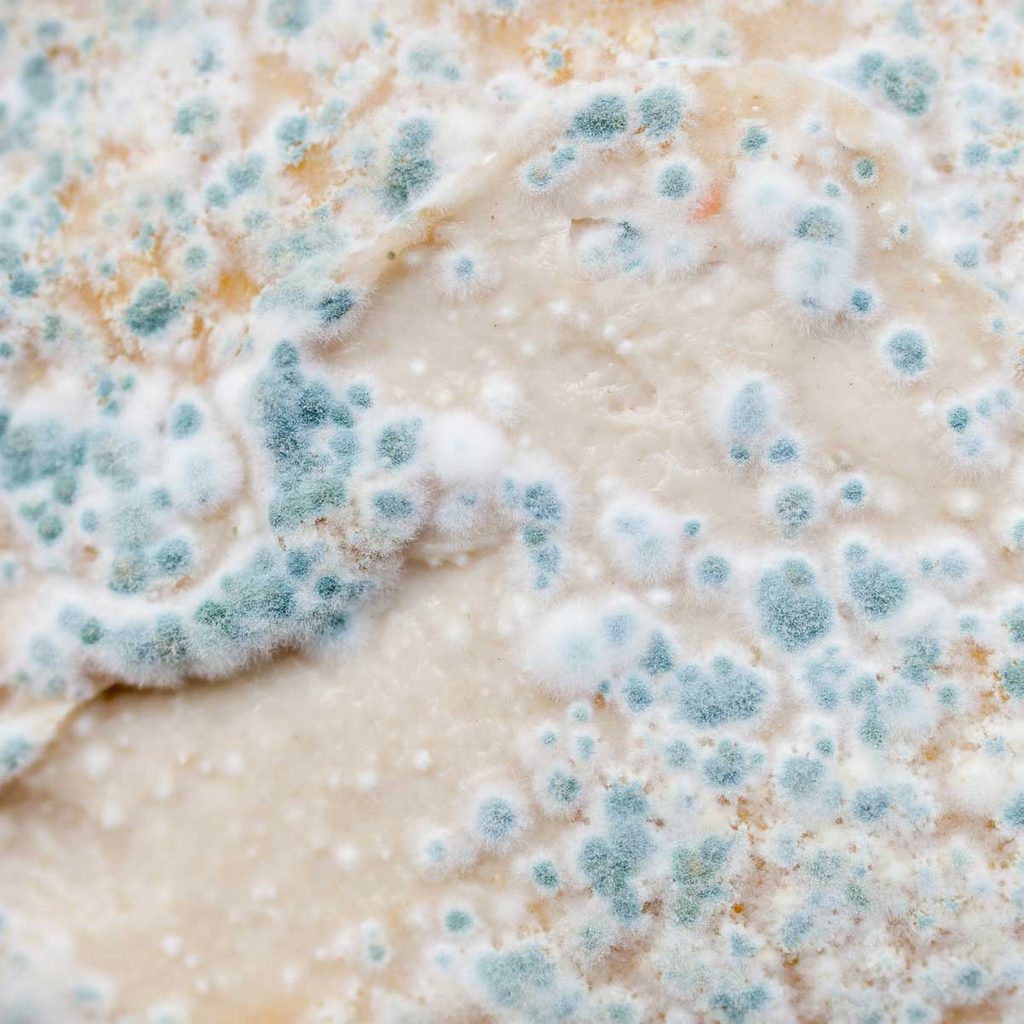What to Know About Aspergillus Mold
Updated: Sep. 08, 2023

Indoor mold is a sign of too much moisture in your home. Learn about a dangerous mold genus called Aspergillus and how to deal with it.
Household mold is unsightly and a sign of excessive moisture and poor indoor air quality in your home. Some molds are harmless to most people, while others can be dangerous. Some species of Aspergillus mold are in the dangerous category. All indoor mold should be eliminated, but knowing the difference between harmless and harmful molds can help preserve your family’s health. Learn all about Aspergillus mold, how and why it grows and how to get rid of it.
On This Page
What Is Aspergillus Mold?
Aspergillus is a family of at least 250 species of mold first discovered in 1729 by an Italian priest and biologist named Pier Antonio Micheli. It begins white, then becomes green, brown, black or yellow as it grows, depending on species. Aspergillus spores spread in the air, and are thought to be more concentrated indoors than outdoors. Although many species of Aspergillus come with serious health concerns, some are surprisingly useful. Aspergillus niger, for example, is responsible for almost all worldwide production of citric acid.
Where Is It Commonly Found?
Many Aspergillus species grow fastest in carbon-rich environments, such as compost piles, rotting leaves and decomposing vegetables. High-starch foods such as bread and potatoes are also common growth areas. Other species can spread rapidly in relatively low-nutrient areas like damp walls, carpets, doors, windows and pillows.
What Are the Health Effects?
As with many molds, healthy people are at far lower risk of infection from breathing in Aspergillus spores than the immune-compromised. This group of molds can cause development of a group of diseases called Aspergillosis. It commonly shows up as respiratory infections that can sometimes spread throughout the body, or form “fungal balls” inside bodily cavities such as lungs. Many of these mold-related infections cause fevers, shortness of breath, coughing and chest pain, and require treatment with anti-fungal medications. Some Aspergillus species also produce natural toxic compounds called mycotoxins.
How to Remove and Prevent Aspergillus Mold
For small areas of household mold, find and fix any sources of excessive moisture, and make sure your home is properly ventilated. Install a heat recovery ventilator (HRV) if necessary. Use a non-toxic registered fungicide to kill the mold, being careful not to disturb the area so you don’t release fresh spores. For any possible Aspergillus mold growth larger than a few feet across, it’s best to call in mold removal professionals.
